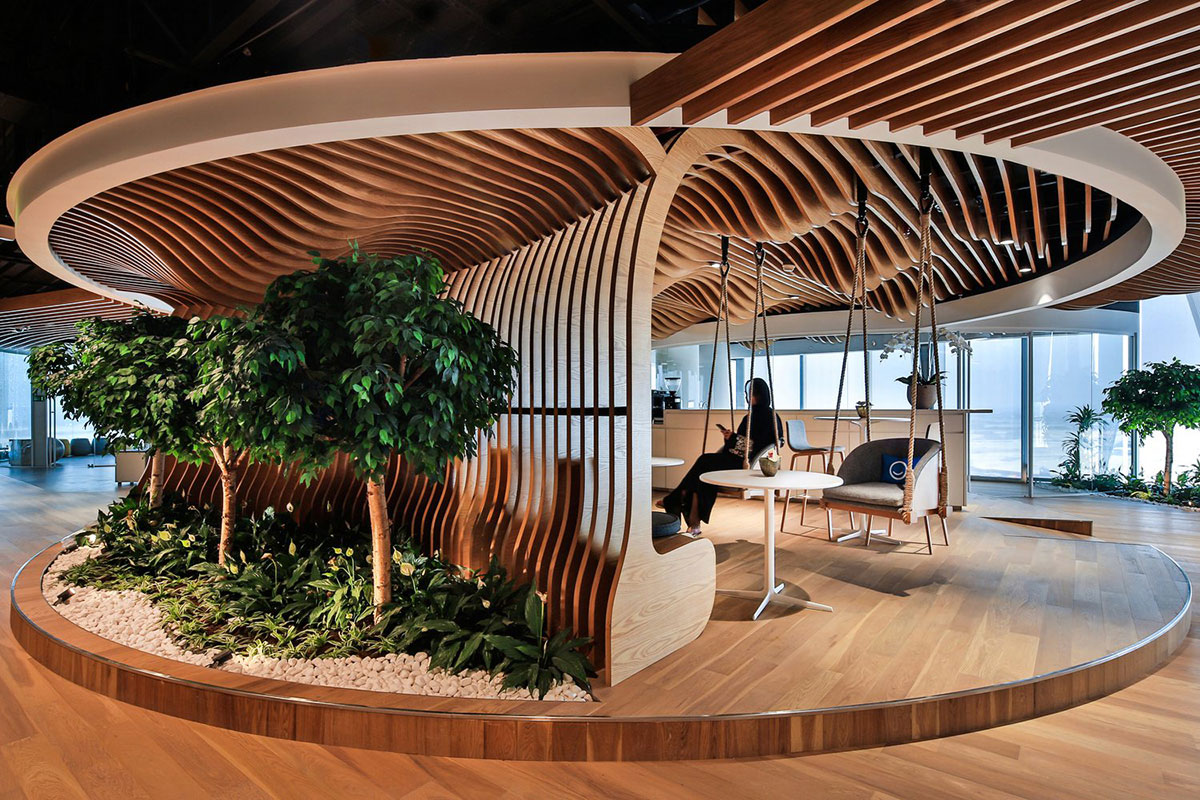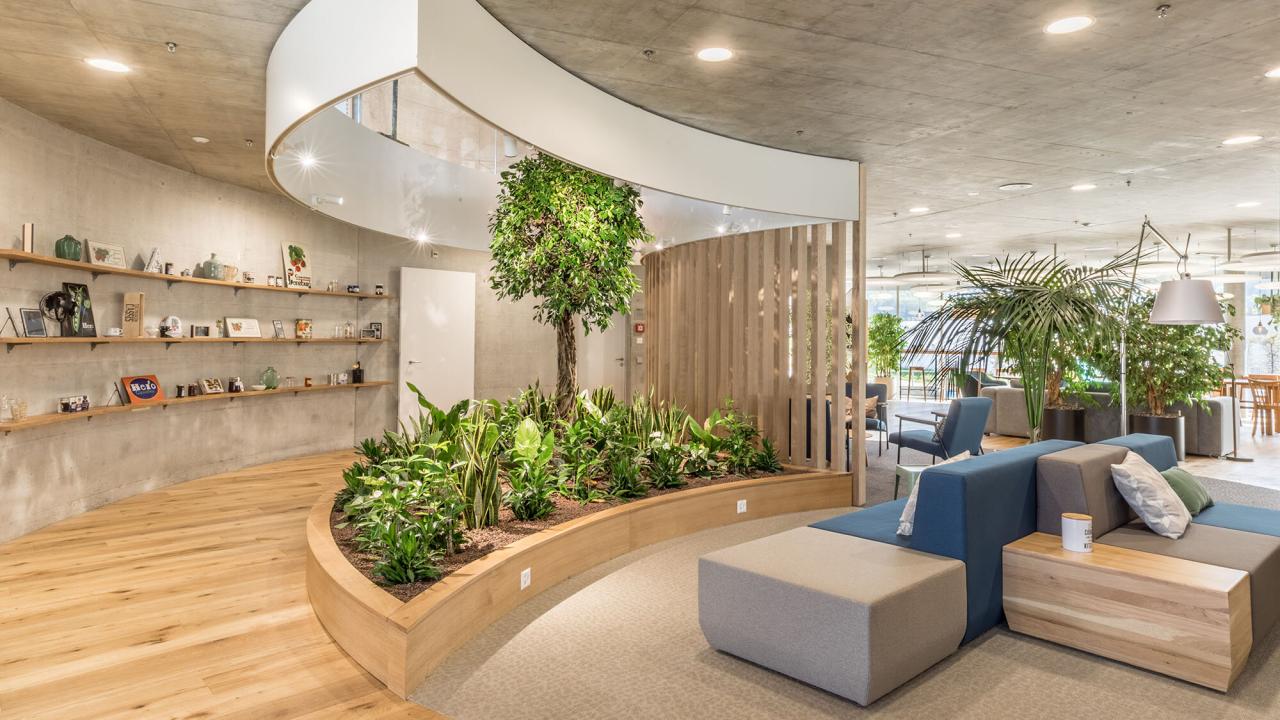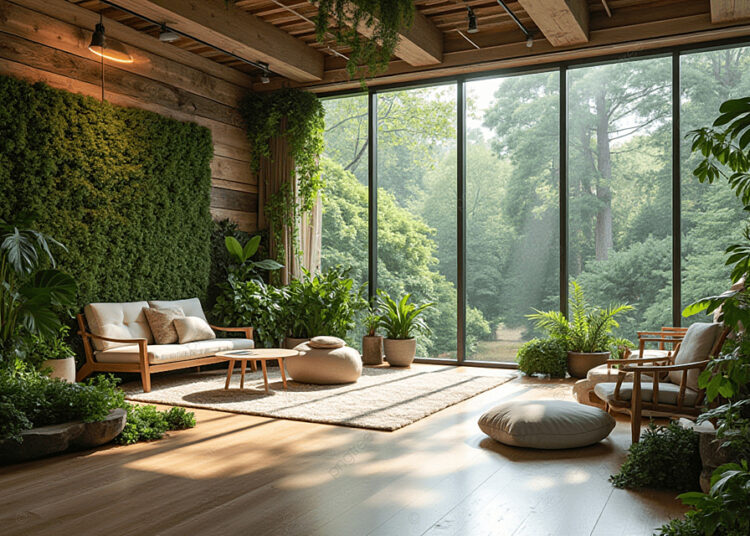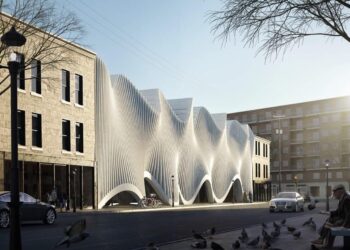In an increasingly urbanized world, where concrete jungles dominate our landscapes, humanity’s innate connection to nature often feels severed. This is where biophilic design emerges not just as a trend but as a fundamental necessity. Biophilia, a term popularized by the biologist E.O. Wilson, posits that humans have an intrinsic, deep-seated affiliation with the natural world. Biophilic design, therefore, is the practice of consciously integrating natural elements and processes into the built environment to foster this connection. It’s a powerful approach that moves beyond mere aesthetics, aiming to enhance the physical and mental well-being of building occupants, improve productivity, and create more sustainable, resilient spaces.
While the concept might seem modern, its principles are as old as civilization itself. Ancient cultures intuitively built structures that harmonized with their natural surroundings, using local materials and orienting buildings to capture light and air. What has changed is our understanding of the science behind it. Decades of research in neuroscience, psychology, and environmental science now prove that exposure to natural elements—even simulated ones—can reduce stress, lower heart rate, and improve cognitive function. In a world where we spend over 90% of our lives indoors, biophilic design offers a vital solution to the “nature deficit disorder” of our modern lives, creating spaces that feel more alive, vibrant, and human. This is the new frontier of sustainable and health-conscious architecture.
A. The Scientific Foundation of Biophilic Design
Biophilic design is not simply about adding a plant to a room. It is a systematic, evidence-based approach rooted in our biological and psychological needs. The benefits are measurable and significant, impacting everything from individual well-being to organizational performance.
- Physiological Benefits: Studies have shown that a connection to nature can lower blood pressure, reduce cortisol levels (the stress hormone), and improve recovery rates in healthcare settings. For example, patients with views of nature from their hospital beds have been found to recover faster and require less pain medication than those without.
- Cognitive Enhancement: Exposure to natural light and patterns can restore attention and improve focus. Research has demonstrated that students in classrooms with natural light and views of green spaces perform better on tests. Similarly, office workers in biophilic environments report higher levels of concentration and creativity.
- Psychological Well-being: Biophilic elements are known to reduce anxiety and stress, enhance mood, and increase feelings of calm and contentment. The presence of natural elements can evoke a sense of tranquility and safety, countering the psychological toll of a high-stress, artificial environment.
- Increased Productivity and Creativity: Happier, healthier employees are more productive. By reducing stress and improving focus, biophilic design can lead to higher job satisfaction, reduced absenteeism, and a significant boost in overall productivity. Creative problem-solving is also enhanced in environments that mimic the complexity and dynamism of nature.

B. Key Patterns and Principles of Biophilic Design
There are no strict rules for biophilic design, but there are a series of interconnected patterns that can be used to weave nature into the built environment. These patterns can be broadly categorized into three groups.
- Nature in the Space: This involves direct, physical connections to nature. A. Visual Connection with Nature: Providing views of natural landscapes, living systems (like a vertical garden), or even natural elements like wood grain. This is one of the most powerful and intuitive biophilic patterns. B. Non-Visual Connection with Nature: Incorporating the sounds, smells, and textures of nature. This could be the sound of running water, the scent of fresh flowers, or the tactile feel of rough-hewn wood. C. Non-Rhythmic Sensory Stimuli: The subtle, unpredictable changes found in nature, such as the flickering of a fireplace or the gentle sway of plants in a breeze. This helps prevent sensory monotony and keeps the mind engaged. D. Thermal and Airflow Variability: Creating microclimates that mimic natural conditions, such as a slight breeze or a shift in temperature, which can make spaces feel more dynamic and comfortable. E. Presence of Water: The sight, sound, and touch of water can be profoundly restorative. Features like fountains, ponds, or even a simple water wall can bring a sense of peace and tranquility. F. Dynamic and Diffuse Light: Using natural light sources that change throughout the day, as well as carefully designed artificial lighting that mimics natural shadows and a sense of diffused sunlight. G. Connection with Natural Systems: Making visible the natural processes that sustain the building, such as showing rainwater harvesting or a visible composting system.
- Natural Analogues: This involves using organic, non-living representations of nature. A. Biomorphic Forms and Patterns: Using shapes and patterns found in nature, such as spirals, fractals, or the geometric forms of shells and leaves. This can be incorporated into furniture, textiles, or architectural details. B. Material Connection with Nature: Using raw, natural, and unprocessed materials like timber, stone, and clay that show their original texture and color. This makes a space feel more authentic and grounding. C. Complexity and Order: Creating rich sensory information that follows natural, fractal patterns. This can be seen in the intricate designs of a honeycomb or the branching of a tree, which can be replicated in architectural patterns.
- Nature of the Space: This category relates to the spatial arrangement and how it evokes a sense of protection, refuge, and exploration. A. Prospect: A clear, unobstructed view over a distance, which can make a space feel open and safe. This is a pattern we evolved with, allowing us to scan for threats. B. Refuge: A place to withdraw and feel protected from the main view and from environmental conditions. A cozy nook, a window seat, or a secluded corner can provide this sense of security. C. Mystery: The promise of more information, hinted at by a partially concealed view or a winding path. This encourages a sense of exploration and discovery within a space. D. Risk/Peril: The tension and thrill of being in a high place or near a steep drop, with protective safety features. This pattern, when managed carefully, can create a sense of exhilaration and connection to the environment.

C. Practical Applications and Case Studies
Biophilic design is not a theoretical concept; it is being implemented successfully in a wide range of buildings, from corporate offices to schools and hospitals.
- Office Environments: Companies like Amazon and Google have integrated biophilic principles into their headquarters. Amazon’s “The Spheres” in Seattle, for example, is a massive glass dome housing over 40,000 plants, providing employees with a unique, nature-rich work environment that fosters creativity and reduces stress.
- Healthcare Facilities: Hospital designers are increasingly incorporating biophilic elements to aid patient recovery. Studies on facilities like the Centre for Health and Wellbeing in Wales have shown that access to natural light and views of green spaces can significantly reduce patient recovery times and improve staff morale.
- Educational Settings: Schools are being built with larger windows, green roofs, and courtyard gardens to improve student focus and well-being. A study on a school in Michigan found that students in biophilic classrooms demonstrated higher test scores and better attendance rates.
- Residential and Hospitality Spaces: Homebuyers and travelers are seeking spaces that feel connected to nature. Hotels are incorporating vertical gardens and natural materials, while residential buildings are being designed with private balconies, rooftop gardens, and extensive landscaping to create a sense of retreat from the urban environment.
D. The Future of Biophilic Design
As climate change accelerates and urban populations grow, biophilic design will become more than just a preference—it will be a necessity. The future of architecture and design will be intrinsically linked to our ability to create regenerative, human-centric spaces.
- Integration with Smart Technology: Future buildings will use smart technology to enhance biophilic patterns. Sensors could adjust lighting and airflow to mimic natural cycles, or monitor plant health and automate irrigation systems. This seamless integration will make biophilic environments more functional and sustainable.
- Scaling Up: Biophilic principles are no longer limited to high-end projects. The rise of prefabricated green modules, readily available natural materials, and new construction techniques will make biophilic design more accessible and affordable for a wider range of projects.
- Resilience and Sustainability: Biophilic design is inherently sustainable. By using natural materials, prioritizing natural light and ventilation, and integrating living systems, buildings can reduce their energy consumption, manage storm water, and improve air quality. As climate change poses new threats, a deep connection to nature will be a key to building resilient cities.
- Ethical Sourcing: The future of biophilic design will also place a greater emphasis on the ethical and local sourcing of materials. Using timber from sustainably managed forests or stone from local quarries will ensure that our connection to nature in a building doesn’t come at the expense of it in the wild.
In conclusion, biophilic design is a powerful antidote to the sterile, artificial environments that have come to define modern life. By intentionally reintroducing nature into our buildings and cities, we are not just creating prettier spaces; we are building healthier, more productive, and more sustainable futures. This is a profound shift from architecture that simply houses us to one that nurtures us, reminding us of our fundamental bond with the natural world.








